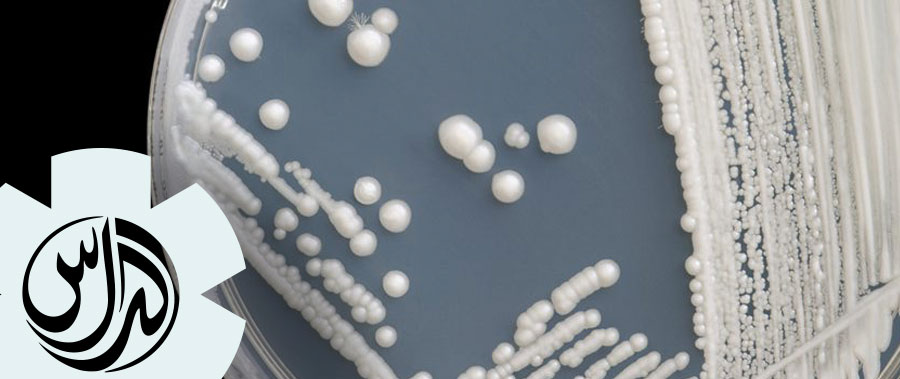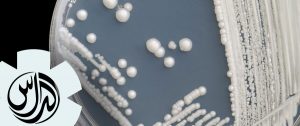Candidiasis is a fungal infection that occurs when Candida starts multiplying. That is a type of yeast which is normally present on the skin in small amounts. There are more than 20 Candida types. And the one that most commonly causes infections is Candida albicans.
Symptoms
Symptoms of candidiasis differ based on the affected part of the body. Thrush is the type of candidiasis affecting the mouth. It’s characterized by white, creamy patches on the tongue and inner cheeks. When the infection appears in the genital region it is called a yeast infection. The symptoms are itching and burning sensations sometimes accompanied by a white discharge.
Invasive candidiasis
Invasive candidiasis is the most serious type as it spreads though the bloodstream and affects lungs, brain, heart and other organs. If you happen to notice any of those symptoms, see your doctor. Our clinic offers first-class treatment, so make an appointment and leave the rest to us.

In normal situations, a healthy organism can fight fungal and other infections and prevent them from developing. However, when the immune system is weak, Candida fungi easily multiplies and causes candidiasis.
- Antibiotic treatment. Antibiotics tend to destroy bacteria competitive with Candida, leading to its undisturbed growth.
- Both the disease itself and chemotherapy weaken the immune system and lead to an increased risk of various infections, including candidiasis, especially thrush.
- Diabetes mellitus. People with diabetes mellitus, especially if it’s not treated, are susceptible to thrush due to high glucose levels in their saliva, and glucose (sugar) is known to encourage yeast growth.
Other factors are:
- HIV/AIDS. Human immunodeficiency virus (HIV) weakens the immune system and ultimately destroys it. People suffering from AIDS are prone to candidiasis. Moreover, frequent bouts of this fungal infection may be among the first signs of AIDS.
Furthermore, in order for this yeast to grow, moisture is necessary, and that’s the reason why, for example, wearing wet swimwear for a long time can pose a risk. Eating food rich in simple carbohydrates can also significantly increase the risk of Candidiasis.
Treatment depends on the infection type, so thrush and yeast infection are usually treated with oral and topical antimycotics, while invasive candidiasis requires intravenous antifungal medications. In order for treatment to be successful, it’s necessary to take various factors into consideration.For example, healthy individuals should take antifungal tablets or lozenges, while people with a weakened immune system may become resistant to medications because they are frequently affected by fungal infections and in that case amphotericin B is used, but with precaution because it has numerous side effects.
Invasive or systemic candidiasis requires intravenous antifungal treatment with fluconazole or caspofungin, and in some cases amphotericin B can be introduced. It’s best to try and prevent this unpleasant infection by controlling your glucose levels, not overusing antibiotics, boosting your immune system and maintaining good oral hygiene.
We suggest that you come and see one of our Dubai medical specialists and get the best candidiasis treatment.
Book a visit 04 452 9998 or by filling the online form
